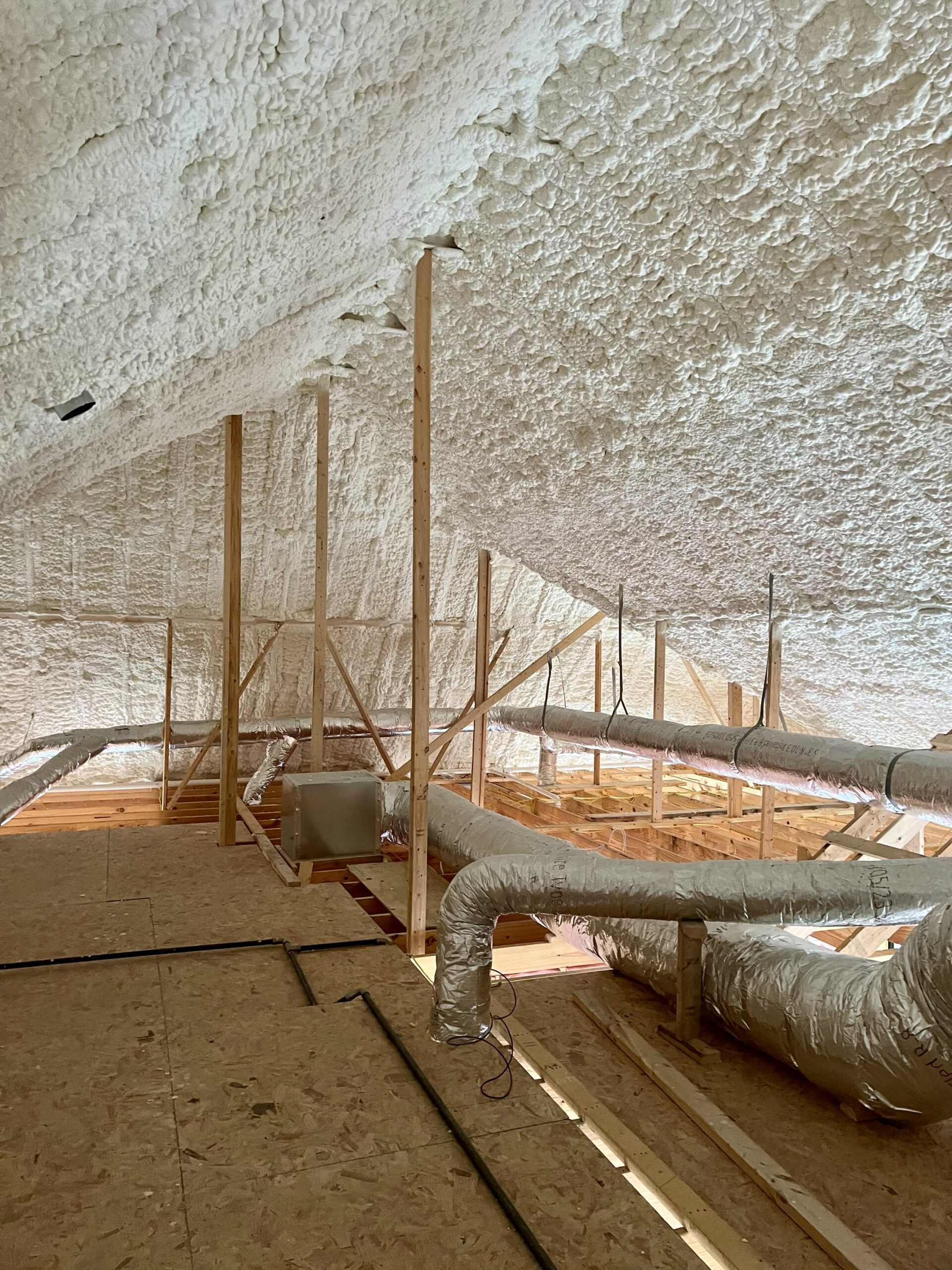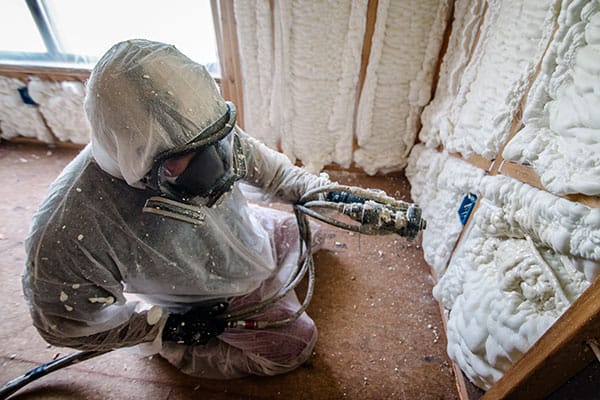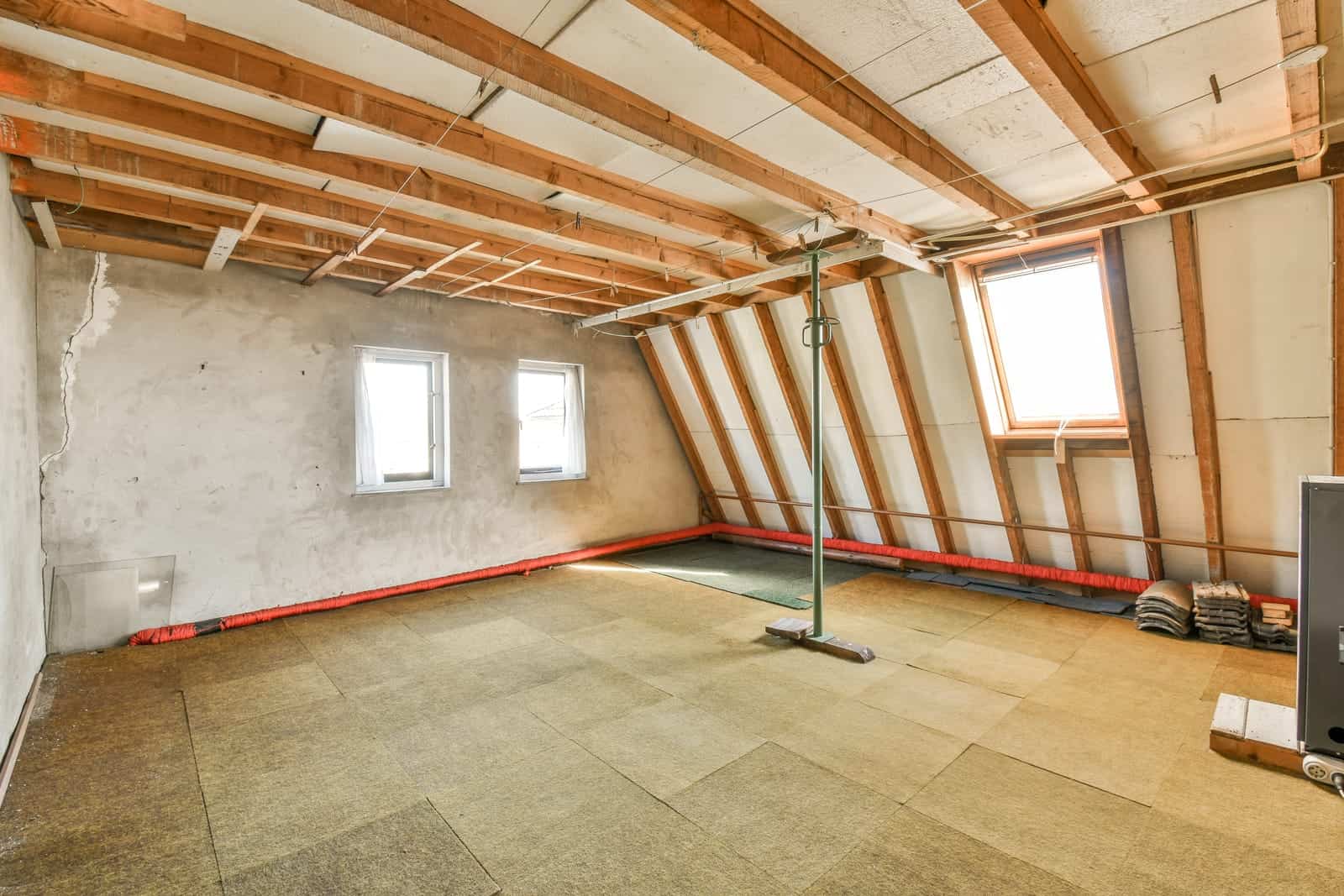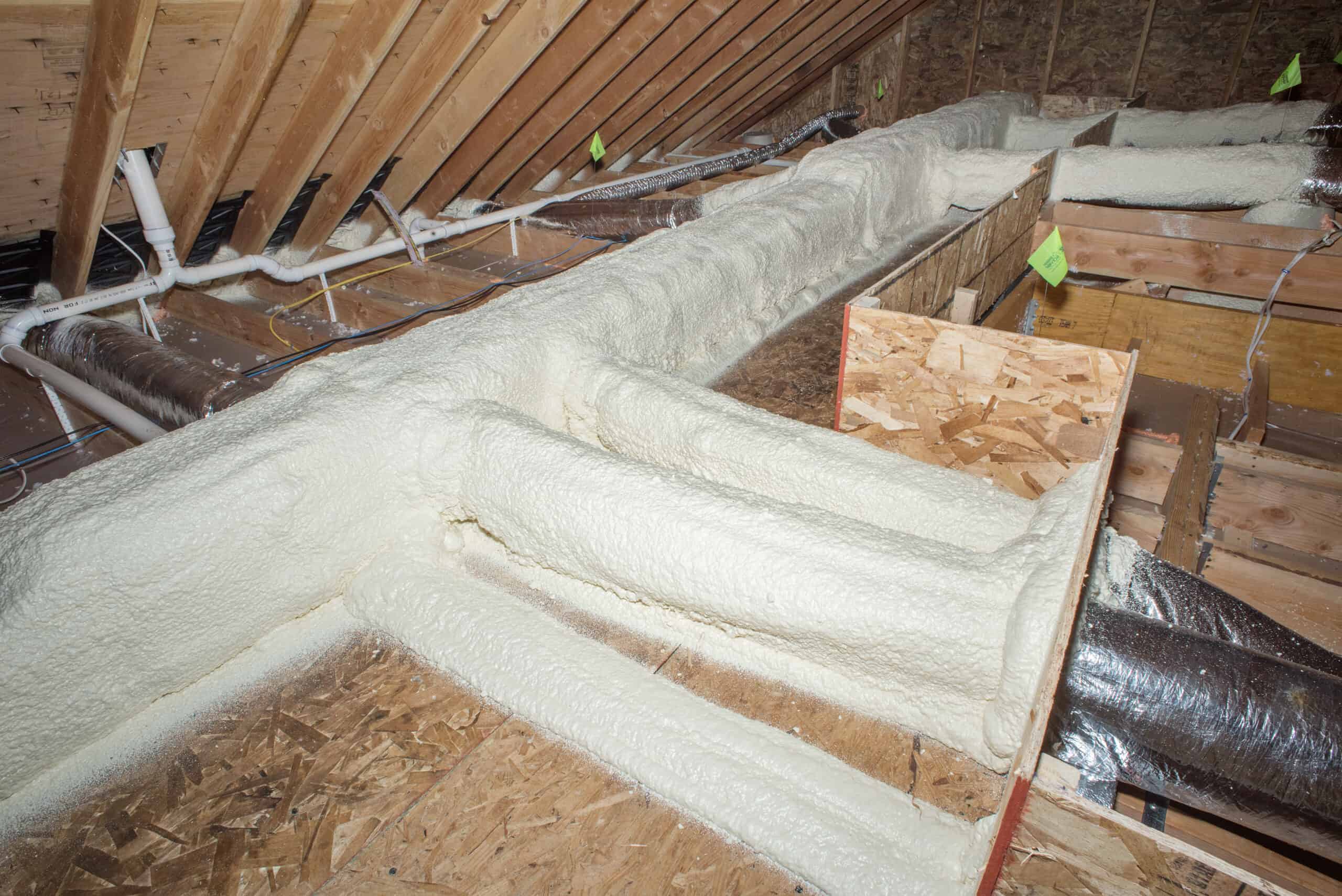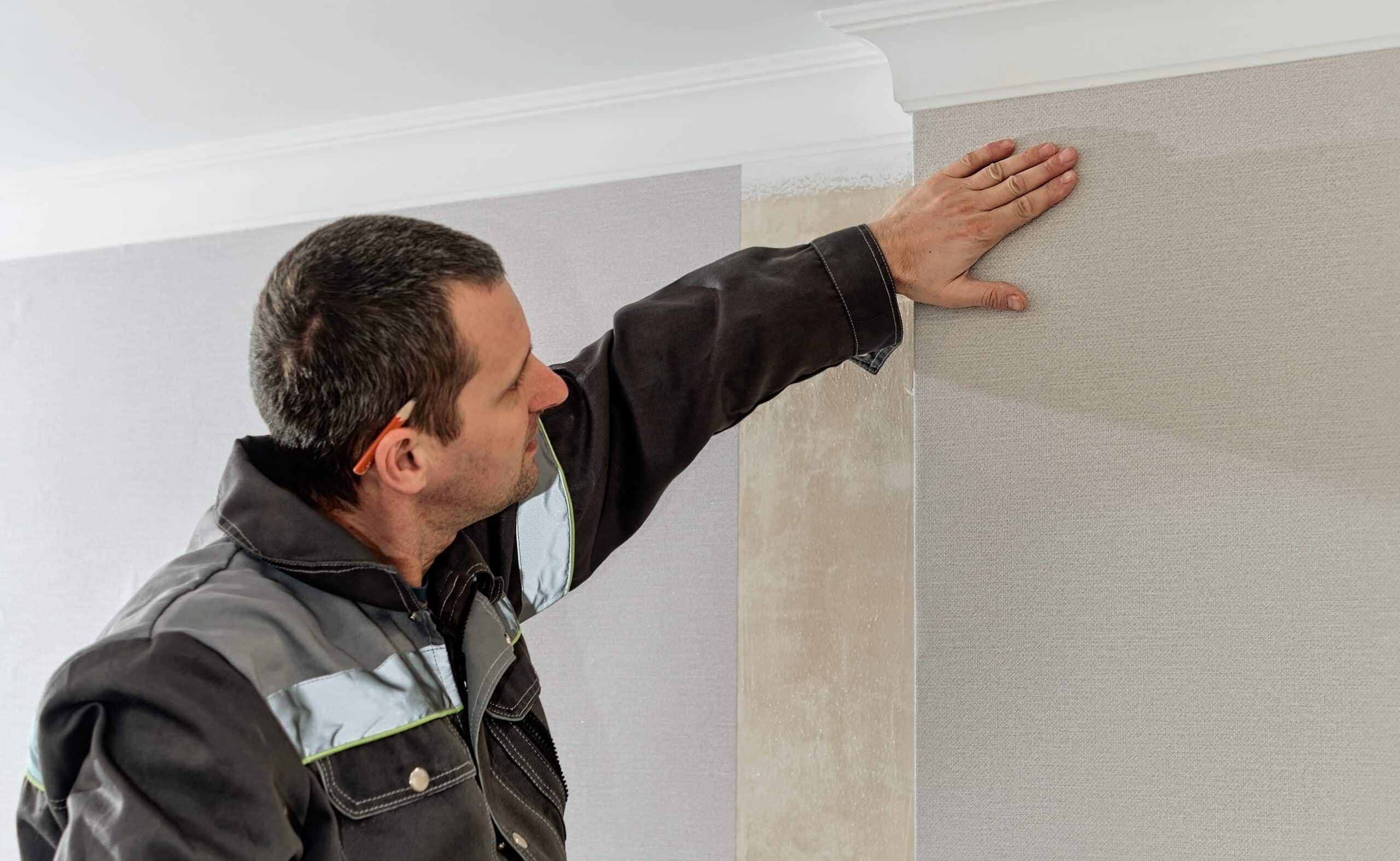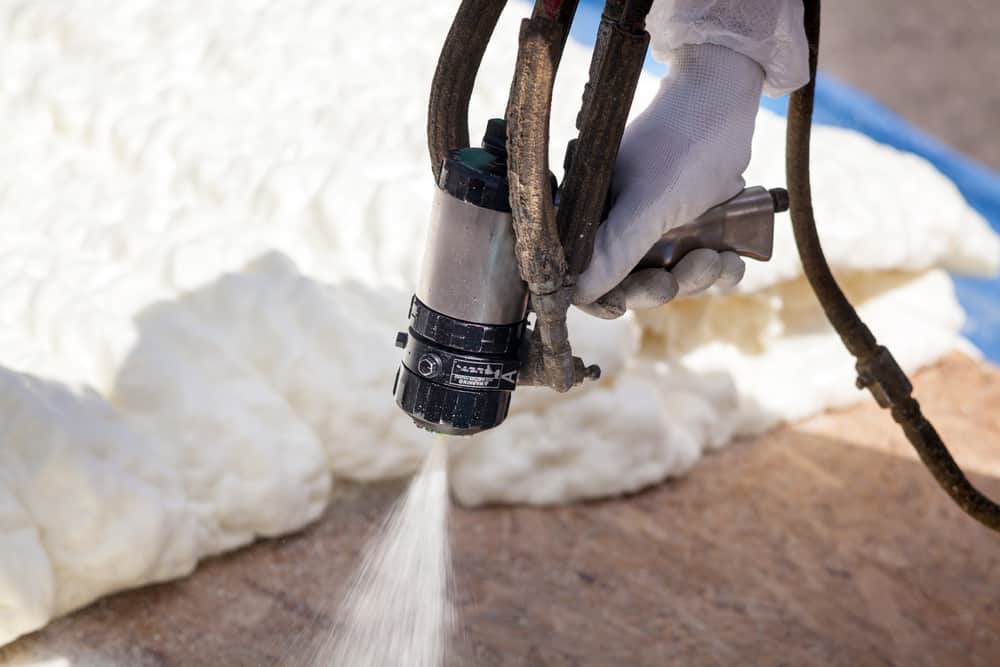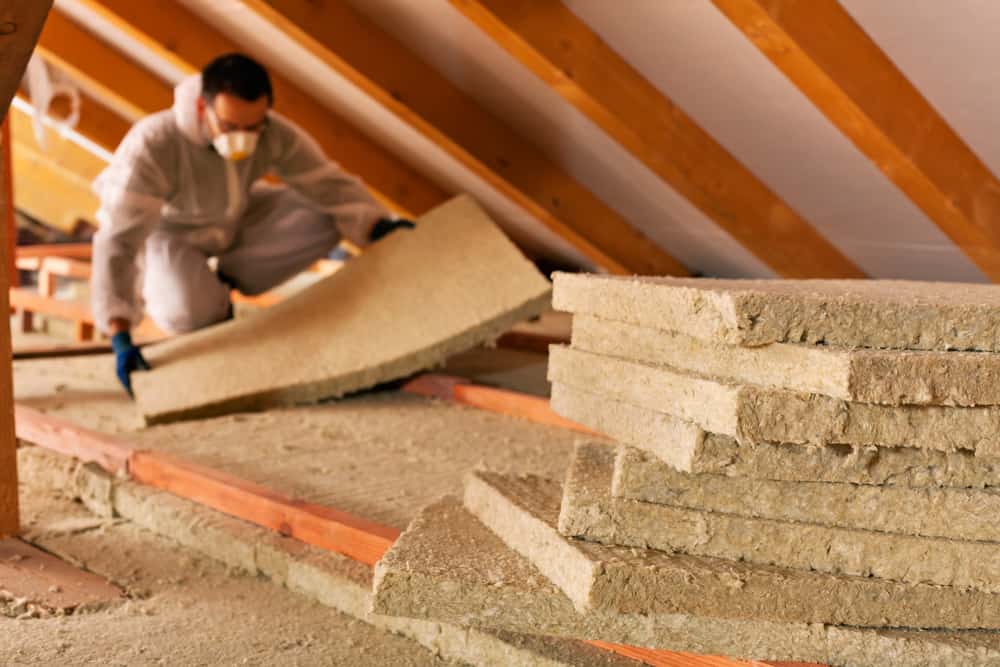When considering the best way to make your home more energy-efficient and comfortable, spray foam insulation often tops the list. It’s not just about keeping your home cozy in winter or cool in summer—it’s about reducing energy bills, enhancing indoor air quality, and even adding value to your property. But the big question is: How much does it cost to foam insulate a house? Let’s break it down.
Why Choose Spray Foam Insulation?
Spray foam insulation stands out because it’s versatile, durable, and highly effective. Unlike traditional insulation materials like fiberglass, spray foam expands to fill every nook and cranny. This creates an airtight seal that can significantly improve your home’s energy efficiency.
Here’s why so many homeowners in Houston and Dallas, Texas, trust First Defense Insulation for their spray foam needs:
- Energy savings: Lower heating and cooling costs by up to 50%.
- Comfort: Keeps indoor temperatures stable, no matter the weather.
- Durability: Lasts decades without losing effectiveness.
- Air quality: Reduces allergens, dust, and moisture buildup.
Now, let’s talk numbers.
Factors That Influence the Cost of Spray Foam Insulation
Several factors determine how much you’ll spend on spray foam insulation. Understanding these can help you make an informed decision.
- Size of Your Home
The size of your house plays a major role. Larger homes naturally require more material and labor, increasing the cost. Spray foam insulation is priced by square foot, so knowing your home’s dimensions is a good starting point.
- Type of Spray Foam
There are two types of spray foam: open-cell and closed-cell.
- Open-cell foam: More affordable, great for interior walls and soundproofing.
- Closed-cell foam: Higher cost, but better for moisture control and structural reinforcement.
Each type has its own benefits, and the choice will depend on your specific needs and budget.
- Area to Be Insulated
Are you insulating walls, attics, crawl spaces, or an entire house? Different areas require different amounts of foam, labor, and preparation.
- Attics: One of the most common areas to insulate, and it delivers the highest energy savings.
- Crawl spaces: Prevents moisture issues and enhances air quality.
- Walls: Offers soundproofing and temperature control.
- Current Condition of Your Home
If your home already has insulation, it may need to be removed before applying spray foam. This adds to the overall cost but ensures the best results.
- Labor Costs
In Houston and Dallas, labor rates can vary. At First Defense Insulation, we prioritize high-quality service while offering competitive rates.
Typical Cost Ranges for Spray Foam Insulation
While exact costs will depend on your home and specific needs, here’s a general idea:
- Open-cell spray foam: $0.45 to $0.65 per board foot
- Closed-cell spray foam: $1.00 to $2.00 per board foot
For an average-sized home (2,000-2,500 square feet), you can expect to spend:
- Attic insulation: $2,000 to $5,000
- Wall insulation: $3,000 to $7,000
- Crawl space insulation: $1,500 to $4,000
Keep in mind that these are estimates. For an accurate quote, it’s best to work with a professional spray foam insulation contractor like us.
Benefits That Justify the Cost
If you’re hesitant about the price, it helps to look at the long-term benefits:
- Energy savings: Most homeowners see their investment pay off in 3-5 years.
- Enhanced home value: Energy-efficient homes are highly attractive to buyers.
- Improved comfort: Say goodbye to drafty rooms and uneven temperatures.
- Reduced maintenance: Closed-cell spray foam adds structural strength, potentially lowering future repair costs.
How First Defense Insulation Can Help
At First Defense Insulation, we’ve been fixing uncomfortable homes for over 35 years. Our team understands the unique challenges Texas homeowners face, from blistering summers to unpredictable winters.
Here’s why working with us is a smart choice:
- Customized solutions: We assess your home and recommend the best insulation strategy.
- Experienced professionals: Our team is trained to handle all types of insulation projects with precision.
- Transparent pricing: No hidden fees—just honest, upfront quotes.
Understanding the ROI of Spray Foam Insulation
One of the most common questions we hear from homeowners is: Will spray foam insulation actually save me money? The answer is a resounding yes—but let’s break it down to show you how.
Energy Savings Over Time
Spray foam insulation creates an airtight seal, reducing heat transfer and minimizing energy waste. For Texas homeowners, where HVAC systems often work overtime to combat extreme temperatures, this means significant savings on utility bills. Studies show that properly installed spray foam insulation can cut energy bills by up to 50%.
For example:
- A home with $300 monthly energy bills can potentially save $1,800 annually.
- Over a 10-year period, that adds up to $18,000—far outweighing the initial cost of installation.
Longevity That Pays for Itself
Unlike fiberglass or cellulose, spray foam insulation doesn’t degrade or settle over time. This longevity means fewer replacements and less maintenance, contributing to overall cost savings. Think of it as a one-time investment with decades of returns.
Spray Foam for New Builds vs. Retrofits
Whether you’re building a new home or upgrading an existing one, spray foam insulation offers distinct advantages. Here’s how it compares in each scenario.
New Construction
For new builds, spray foam insulation allows you to integrate modern energy-saving technology right from the start. Builders can design tighter envelopes, reducing thermal bridging and maximizing efficiency.
Advantages:
- Freedom to choose between open-cell and closed-cell foam for different areas.
- Seamless application in hard-to-reach places, like corners and joists.
- Potential tax incentives for energy-efficient construction.
Retrofits for Existing Homes
Retrofitting spray foam insulation is a game-changer for older homes with outdated or insufficient insulation. It can seal gaps and cracks where air escapes, immediately improving comfort and efficiency.
Common retrofit areas:
- Attics: Eliminates air leakage and improves HVAC performance.
- Crawl spaces: Prevents moisture issues and mold growth.
- Walls: Boosts soundproofing and reduces drafts.
Debunking Common Myths About Spray Foam Insulation
Despite its proven benefits, spray foam insulation is often misunderstood. Let’s clear up some common myths.
Myth 1: Spray Foam Insulation Is Toxic
Fact: Modern spray foam insulation is safe for indoor use when professionally installed. It’s made with environmentally friendly materials and meets strict safety standards.
Myth 2: Spray Foam Is Only for Cold Climates
Fact: Spray foam insulation is incredibly effective in hot climates like Texas. It keeps cool air in during summer and warm air in during winter, making it ideal for year-round comfort.
Myth 3: Spray Foam Damages Roofs
Fact: When applied correctly, spray foam insulation protects roofs by reducing moisture buildup and temperature fluctuations, which can extend the life of your roofing materials.
How to Choose the Right Insulation Contractor
Choosing the right insulation contractor is crucial for ensuring the success of your project. Here’s what to look for:
- Experience and Expertise
A contractor with a proven track record ensures high-quality results. First Defense Insulation brings over 35 years of experience to the table, specializing in both residential and commercial projects.
- Transparent Pricing
Look for contractors who provide clear, upfront estimates. Avoid companies that tack on hidden fees or pressure you into unnecessary upgrades.
- Customer Reviews
Online reviews and testimonials can provide insight into a contractor’s reliability, professionalism, and quality of work. Check platforms like Google and Yelp to gauge customer satisfaction.
- Comprehensive Services
Choose a contractor who can handle all aspects of insulation, from removal of old materials to the installation of new spray foam. This ensures consistency and fewer complications.
- Warranties and Support
A good contractor stands behind their work. At First Defense Insulation, we offer warranties to give you peace of mind, knowing your investment is protected.
FAQs About Spray Foam Insulation
- Is spray foam insulation worth it?
Absolutely. While the upfront cost is higher than other insulation options, the long-term energy savings and durability make it a worthwhile investment.
- How long does spray foam insulation last?
Spray foam insulation can last 20+ years without losing effectiveness, making it a durable choice for homeowners.
- Can I install spray foam insulation myself?
While DIY kits are available, professional installation ensures proper application and maximum benefits. Mistakes during installation can reduce effectiveness and increase costs later.
- How do I maintain spray foam insulation?
Spray foam requires little to no maintenance. However, regular home inspections can ensure it’s performing as expected.
- What’s the best area to start with spray foam insulation?
If budget is a concern, start with your attic or crawl space—these areas offer the highest return on investment.
Make Your Home Comfortable Today
Ready to invest in the comfort and efficiency of your home? At First Defense Insulation, we’re here to help. Whether you’re in Houston, Dallas, or the surrounding areas, we offer expert guidance and top-tier service. Contact us today for a personalized quote and take the first step toward a more energy-efficient home.
